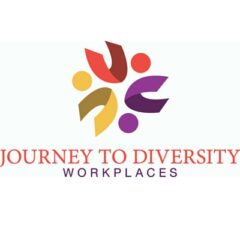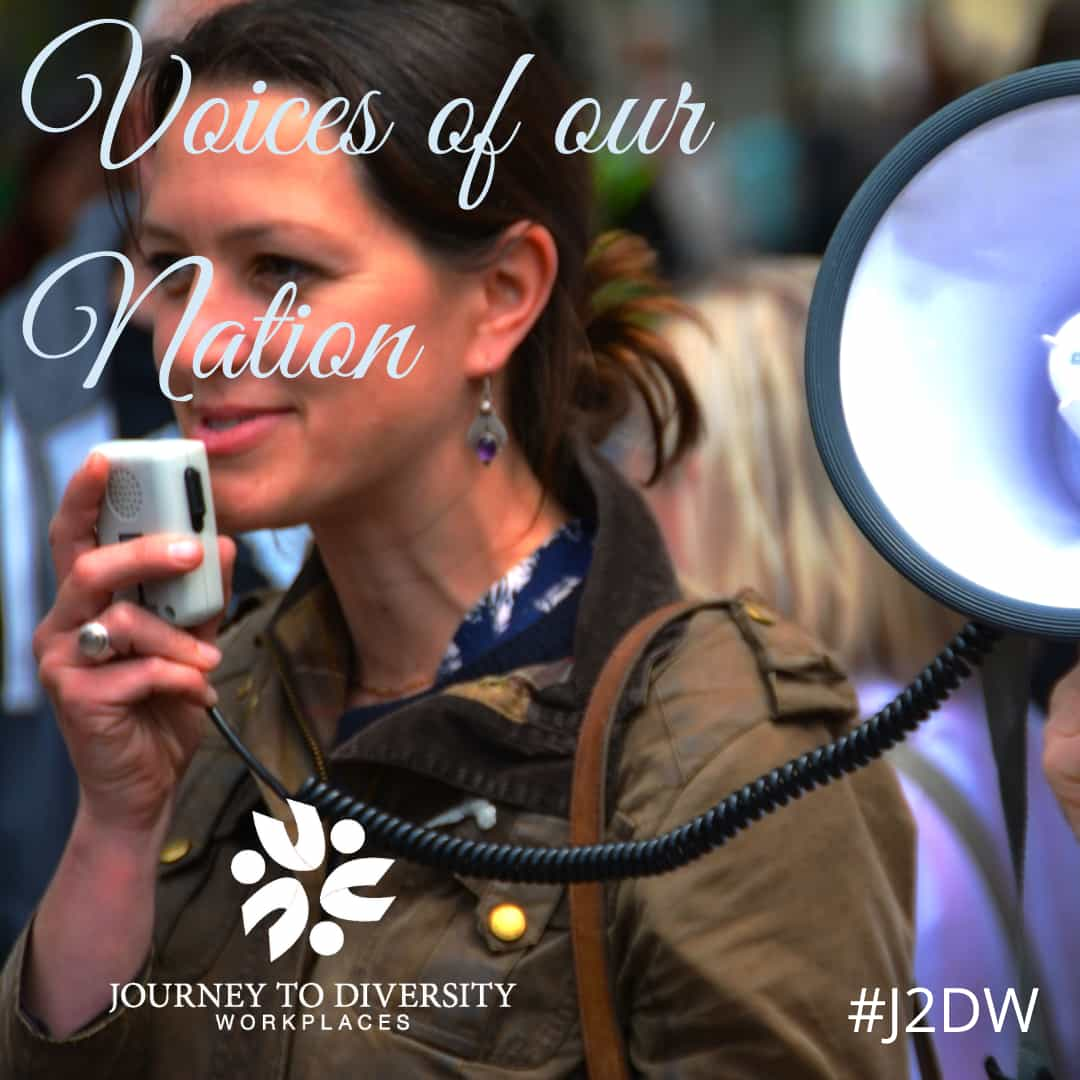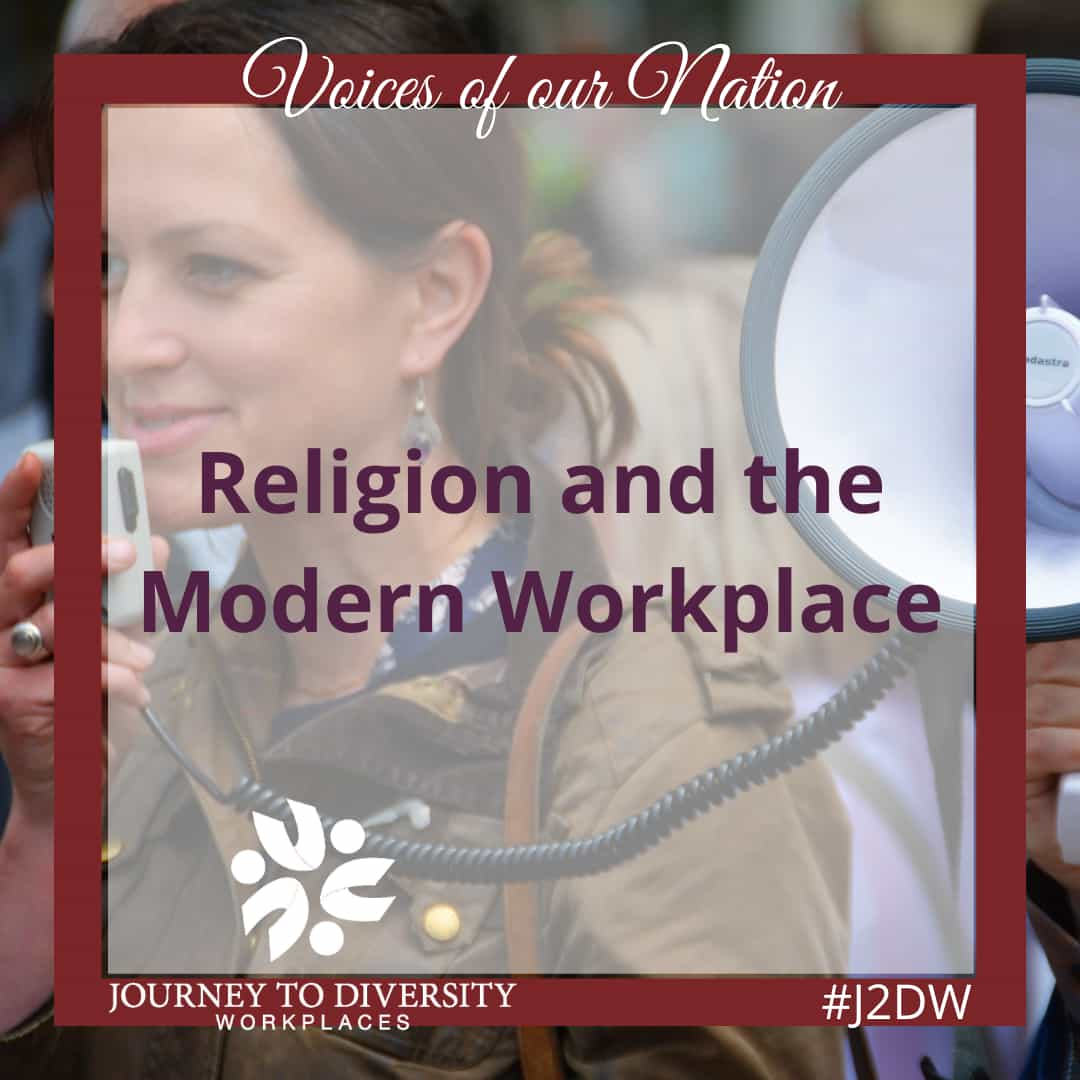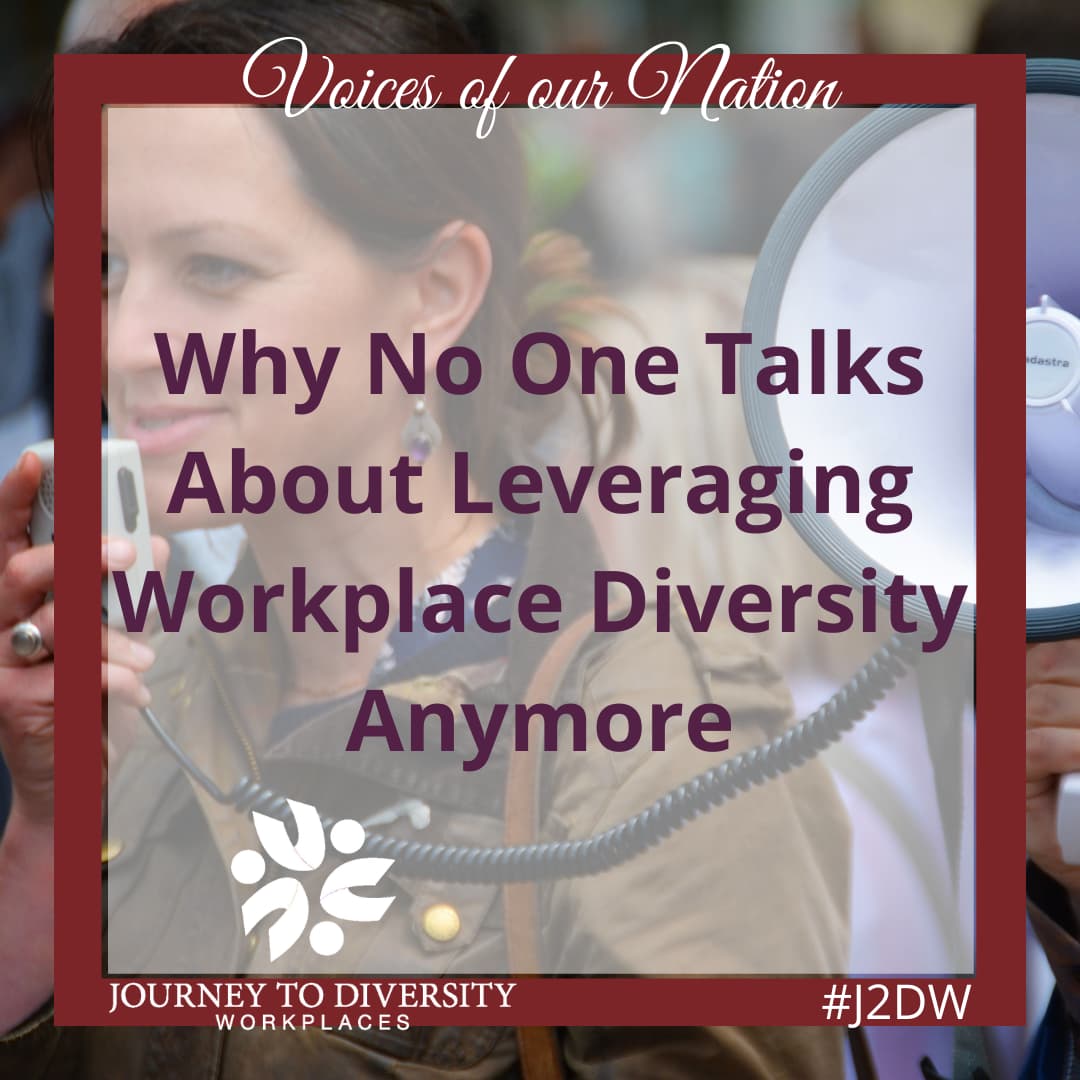The Tech World and Inclusivity
Over the last few days, there has been quite a bit of buzz in the news about the Node.js community and it’s recent failed vote to get rid of a member of the project’s technical steering committee (TSC). The member, Rod Vagg had posted some controversial statements on Twitter about inclusivity in tech. I won’t go into all of the details here, but feel free to look it all up if you’re interested.
Reading about this event, and others like it, got me thinking about my own ideas on inclusivity in a tech environment. Let me start off by saying, I’m not perfect, and rarely have all the answers, but I would like to share a couple of personal experiences that hopefully can illustrate some ways we can be more conscious of inclusivity in our own environments. For me, the key is to realize that, no matter how inclusive we think we are, there are areas where we can improve. Accepting that we need to change the way we think and feel about the world, and how inclusive we are in our daily interactions, is a powerful first step.
Changing the way we talk changes the way we think
I think our end goal, when it comes to inclusivity, is to change the way we think. For example, we can read about it in a book, or online, and figure out all the right things to say, without actually believing or internalizing any of it. But actually changing our mindset can be extremely challenging.
While I was working in California several years ago, I had an experience that helped me see the power in changing the way we think about being inclusive, and what we can do to change it. There were three guys who I considered close friends. We would hang out socially outside of work, and often go to lunch together. However, we had a co-worker, a female employee, who we could not tolerate. Now, we were all pretty nice, and were friendly to her in person. But on our lunch breaks, and outside of work, we would constantly complain about all the things we didn’t like about this employee. This private bad-mouthing went on for some time actually.
At some point, the four of us came to the realization that our attitude and behavior towards this employee, even in our private interactions, was unacceptable. So we made a pact with each other. If, at any point, any one of us said anything negative about that employee, or another employee for that matter, the other three of us would have permission to punch the other person in the arm as hard as we could. I know, I know, a typical ‘guy’ way to solve problems, right?
The point though, is that we often think that inclusivity is a conversation only about how we treat other people in public settings. But the truth is, that inclusivity starts at home, in our private thoughts and conversations that are removed from the public sphere. Changing the way we interact, and our thoughts about being inclusive begins with changing our private thoughts and behaviors.
Now, with my experience in California, an amazing thing happened. It probably took a couple of weeks before all four of us had finally learned our lesson, and stopped all of the negativity outside of work. But the unexpected result was that we were happier at work as well. Our morale had lifted, and we actually all really ended up liking this employee. Our conversations inside and outside of the office changed to a more positive tone, and the way we felt while we were at work improved, and by default, our behavior at work became much more inclusive to all of the employees.
Get out of the comfort zone
My second experience comes from a conversation with my wife. I’m white, and my wife is multi-racial, and so naturally our life experiences, and thoughts about both race and inclusion are different. My wife pointed out to me one time that each of us have built in biases and prejudices. Of course my natural reaction was one of defensiveness. “Of course I don’t. I like everybody. I don’t have any biases.” So, she gave me a challenge. Throughout your day, just be conscious of who you talk to, and who you interact with. Are they all different genders and races? Or, are they most often people who look pretty much like you?
So I took the challenge and really thought about it as I interacted with people throughout my day. Sure enough, she was right. Almost 90% of the people I talked to and associated with were people who looked just like me. And, it wasn’t that I was being consciously un-inclusive, but I was just naturally more comfortable around people who looked like me. It was somewhat of a shocking realization.
At that point, my wife gave me another challenge, which was to just go out of your comfort zone and talk to people who are different than you. Now, as someone who considers himself mildly introverted, that can sometimes be difficult. However, since then, I do consciously make an effort to be more inclusive to everyone. Not just the people who look just like me.
It doesn’t have to be any grand gesture. Sometimes, for me, it’s simply saying “hi” to the woman behind me in line at the grocery store. And that’s the point of inclusivity. It doesn’t have to be any huge changes in our life all at once. But if we do try to make baby steps in changing how we think and how we act, eventually it will make us better people.
In conclusion
These are just a few experiences I’ve had, which have shaped my thoughts about inclusivity. Being conscious of it, both in the tech world, and elsewhere is invaluable. There’s definitely no ‘right way’ to be more inclusive, but the main point is to realize we can do better, and to find ways we can improve our own inclusiveness in the workplace and outside the workplace.
This article was submitted to us by author Ethan Jarrell.
The opinions expressed in this article are that of the author and may not necessarily reflect those of Journey to Diversity Workplaces





















